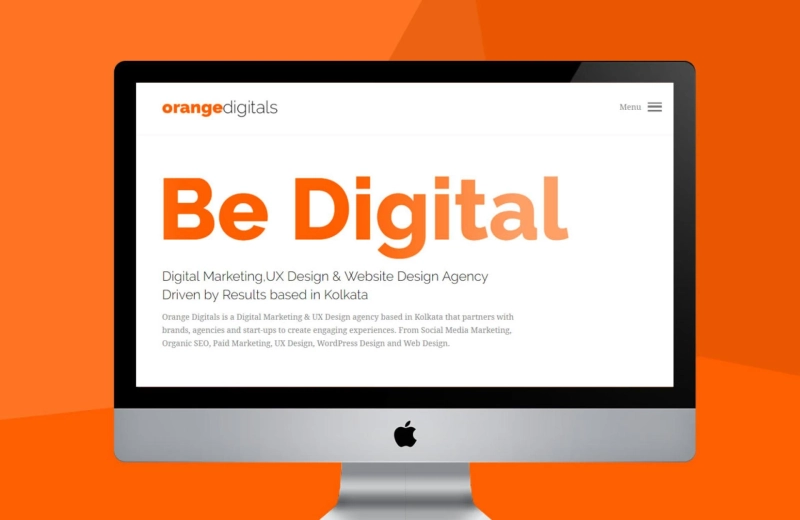The process of designing a website or app with the user in mind is known as user experience (UX) design.
The goal of user experience design is to create a product that is intuitive, simple to use, and enjoyable for the user.
In this article, we will look at the best UX design tips for web designers in order to improve user experience.
Understand Your Audience
Understanding your audience is the first step in creating a great user experience. Who are your clients? What are their objectives and requirements? What are the devices they are using to access your website or app? Understanding your audience allows you to create a design that is tailored to their specific needs and preferences.
Make Navigation Easier
Navigation is a critical component of any website or app. It assists users in finding the information they require and moving from one page to another.
Too many navigation options, on the other hand, can be overwhelming and confusing for users.
It is critical to simplify navigation by using clear and concise labels, categorising information, and reducing the number of options.
Make Use of Consistent Design Elements
In UX design, consistency is essential. Consistent design elements, such as fonts, colours, and layouts, can aid in the creation of a unified user experience.
Users will find it easier to navigate and understand your website or app if it is consistent.
Provide Clear Calls-to-Action CTAs are an essential component of any website or app. They direct users to the desired action, such as making a purchase, signing up for a newsletter, or completing a contact form. CTAs should be clear, concise, and visually prominent in order to be effective.
Speed should be prioritised.
The speed of a website is critical for the user experience. Slow loading times can irritate users and drive them away from your website or app.
Optimize images, use a content delivery network (CDN), and limit the use of plugins and third-party scripts to improve website speed.
Concentrate on Mobile Optimization
Users are increasingly using mobile devices to access websites and apps. It is critical to prioritise mobile optimization when creating a great user experience.
Designing for smaller screen sizes, using responsive design, and prioritising content are all examples of this.
Utilize Visual Hierarchy
The arrangement of design elements in order of importance is known as visual hierarchy. It directs users to the most important information and actions.
Use size, colour, contrast, and spacing to emphasise important elements to create an effective visual hierarchy.
Create Content That Is Clear and Concise
Any website or app would be incomplete without content. It is critical to create clear and concise content that is easy to read and understand in order to create a great user experience.
To break up text and make it more scannable, use headings, bullet points, and short paragraphs.
It is an iterative process to test and iterate on UX design. It is critical to test your design with actual users and collect feedback in order to identify areas for improvement.
You can create a design that meets the needs of your users and provides a great user experience by testing and iterating.
Conclusion
Providing an excellent user experience is critical to the success of any website or app. Web designers can create designs that are intuitive, easy to use, and enjoyable for users by following these UX design tips.
You can create a design that meets the needs of your users while also driving business success by focusing on their needs and preferences, simplifying navigation, providing clear calls-to-action, prioritising speed, and using visual hierarchy.



